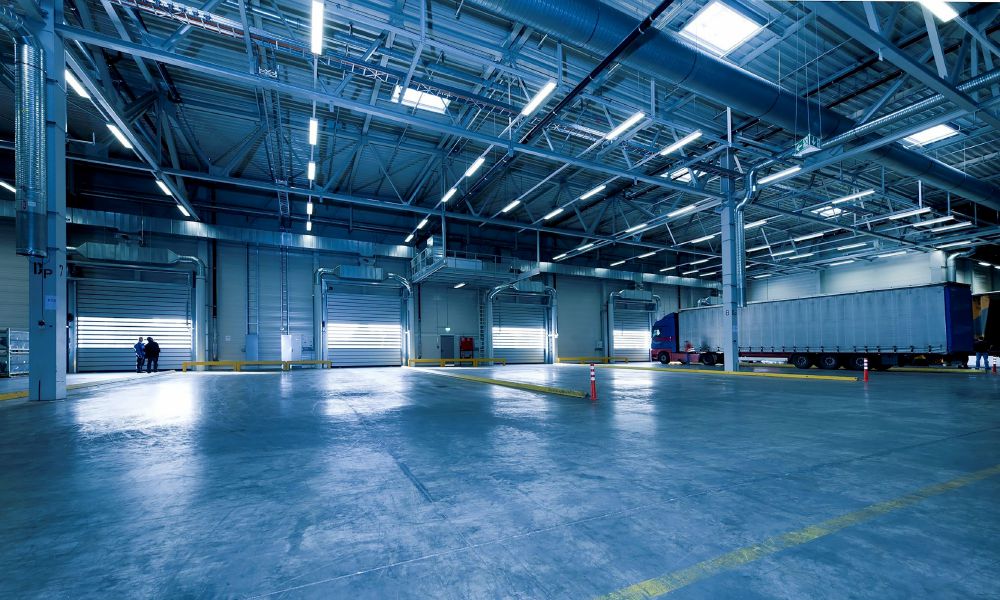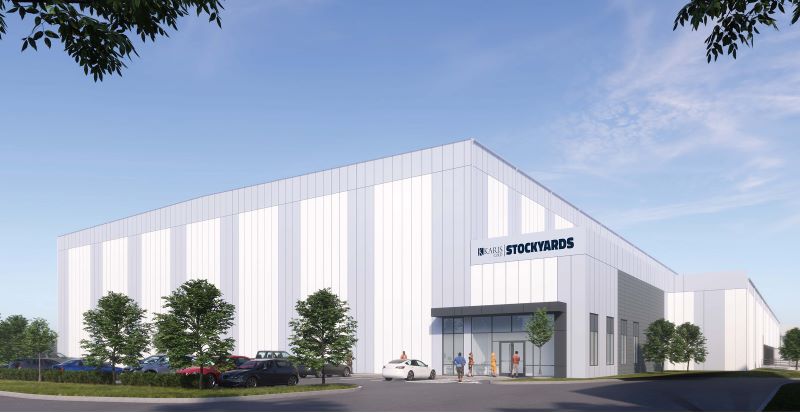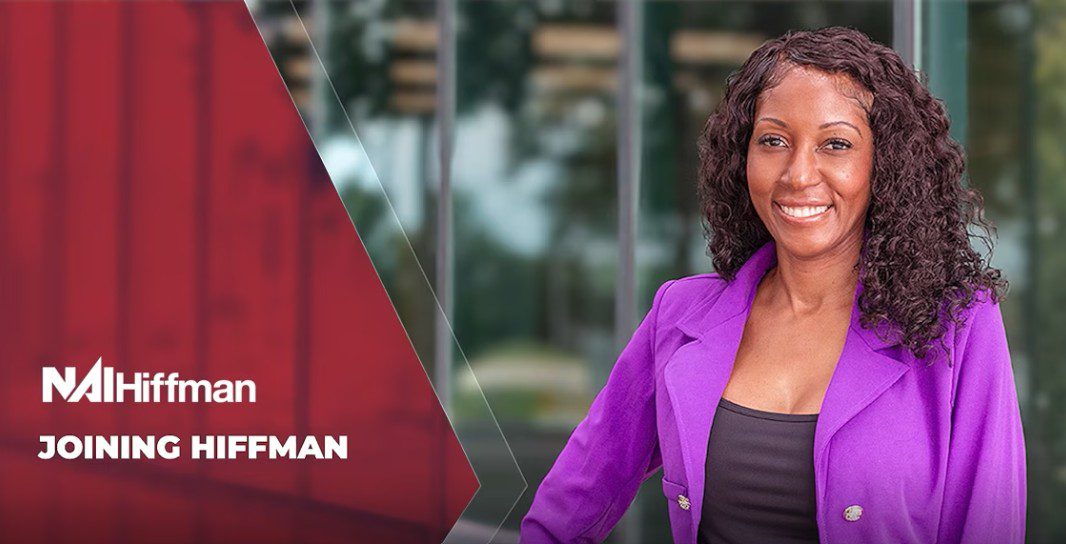April 2019
Five Points of Industrial Analysis

Institutional investors, developers and users alike are drawn into the industrial vortex, an asset class outperforming all others as the economy continues to shift to on-demand everything. What’s in store for the remainder of 2019 and this development cycle?
On April 26, REjournals hopes to answer these questions when it hosts its CIP Industrial Summit at Hamburger University in Oak Brook. A dozen speakers—including brokers, developers, real estate attorneys and more—are slated to speak at the 16th annual event. You can register now if you haven’t already.
Ahead of the CIP Summit, we sat down with two of the event’s speakers to discuss five touch points—funding sources, speculative development, 3PL needs, design trends and the last mile phenomenon—to better gauge the state of the industrial market, from both a broker and developer point of view.
Sources of capital
There has been increased foreign investment of late for industrial, from a pure investment standpoint as well as investment in development companies. According to Chris Gary, executive vice president with NAI Hiffman and one of the speakers at this year’s CIP Summit, these foreign capital sources are targeting all ends of the spectrum of investment.
“Some foreign pension funds are still facing negative 10-year treasuries, like in Germany and Japan,” Gary said. “For these guys, maybe a 4-cap on Walmart distribution facility is pretty good. So you’re seeing that increase, especially with countries that are experiencing baby boomer bubbles, as they have to increase their positions for fixed equities.”
Pension funds have also steadily increased their real estate allocations in order to meet yield projections. Current real estate exposure for pension funds is above 10 percent, a drastic increase from 30 years ago when it was closer to 1 or 2 percent.
Spec versus build-to-suit
Approximately three-quarters of industrial development last year was speculative, a trend that will continue, according to another CIP Summit speaker, Ben Harris, senior development manager at Conor Commercial Real Estate. “Build-to-suit product will still be delivered in 2019,” said Harris, “but only for highly specialized uses such as manufacturing, cold storage or hybrid uses containing showroom, distribution and manufacturing space.”
One such example is the built-to-suit that Conor Commercial is developing for Bystronic, a manufacturer, developer and supplier of laser cutting, press brake and metal bending systems. The building is 162,875 square feet with a combination of showroom, office, manufacturing assembly and warehouse spaces. Scheduled for delivery later this year, the Hoffman Estates building will serve as a new U.S. hub and offer an advanced showroom where visitors can experience the company’s innovations first-hand.
3PL consolidation
The thirst for large warehouses has yet to be slaked, in part due to the changing behavior of the end user; as e-commerce subverts the traditional retail shopping center, products are shipped directly to the consumer from a warehouse. But mergers among third-party logistics (3PL) firms is also driving up the need for ever-larger industrial footprints.
“There’s definitely been an Amazon effect. In order to match their service and delivery requirements, distributors have had to increase the sophistication of their distribution, of getting their product into the hands of the consumers,” Gary said.
For example, XPO Logistics, one of the largest 3PL firms in the world, has acquired 17 companies since 2012. With consolidation and larger capabilities comes the need for larger spaces from which to distribute.
Design trends
There are some prerequisites for institutional investors playing in the industrial sector. Location is always important, of course, meaning infill sites in or immediately adjacent to established markets such as O’Hare, as well as close proximity to highways and public transportation.
Limited environmental issues and good clear heights are also must-haves. But the most noticeable changes in tenant leasing requirements today, according to Harris, are for more office space, more car parking and more trailer parking.
“This creates a challenging juxtaposition for the developer because land prices and construction prices are rising at a quick clip, which means the developer needs to maximize the site with the greatest building size possible in order to generate the returns needed to do the deal,” Harris said. “This means there is a friction between developer and tenant in which the developer wants maximum building square footage while the tenant wants maximum site amenities.”
Last mile
It’s tough to fully embrace the “last mile” phenomenon of recent years. One can argue that a facility in Elgin and downtown Chicago are both last mile facilities—different buildings with different offerings, dependent on the service radius. But these sites, with dense population bases as well as labor sources, continue to attract investors, with out-of-market capital focusing on locales in or adjacent to the Chicago CBD.
“There has been an uptick in leasing and in development in the city of Chicago with several 100,000-square-foot-plus lease deals signed here in the past 12 months,” said Gary. “Three brand new projects just came out of the ground this past year and there are three more planned in the south Chicago market—a market that didn’t have any development as recently as a few years ago.”
Though there has been an increased institutional investment in last mile facilities recently, infill developments are incredibly difficult to do, partly because of all-time-high land prices (thus higher rents) and also the environmental issues that can often plague these locations, which create more upfront costs with lengthier due diligence investigations. Opposing political forces concerning highest and best use for a site and the limited number of infill sites to develop also create hurdles for developers.
“These four major factors create a scenario in which the developer must be very patient and willing to take on these challenges,” Harris said. “While tenant demand for infill is there, you will continue to see last-mile projects, though not at a high velocity because of these constraints.”
To learn more about the state of Chicago’s industrial maket, the 16th annual CIP Industrial Summit is a must-attend event. Space is limited, so register now.
As seen at https://www.rejournals.com/


